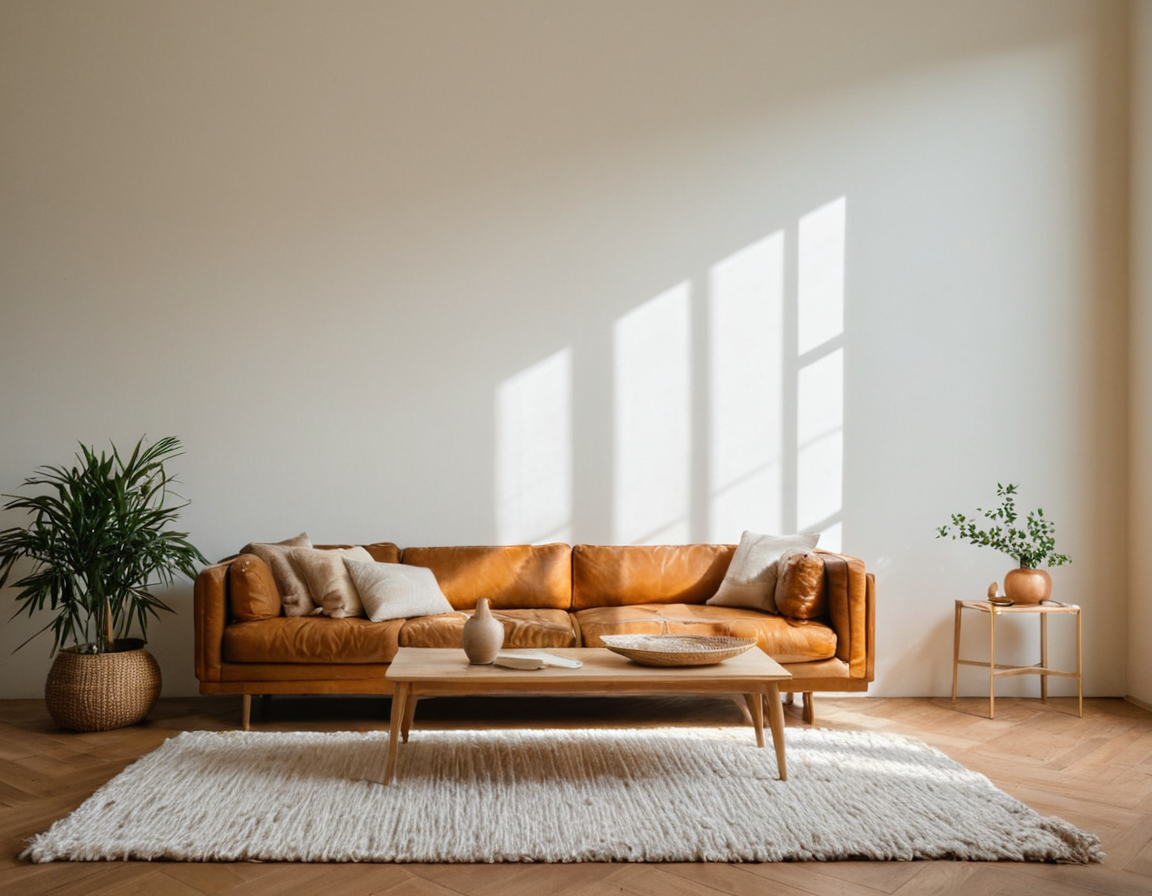5 White Balance Tips For Indoor Portraits

Mastering White Balance for Indoor Portraits: Tips and Tricks
Introduction
Indoor portrait photography can be a challenging task, especially when it comes to achieving natural-looking results. One of the most critical aspects of indoor portraiture is mastering white balance. In this article, we will explore the importance of white balance in portrait photography, discuss common issues, and provide practical tips on how to achieve professional-grade results.
Understanding White Balance
White balance refers to the process of adjusting the color temperature of an image to accurately represent the lighting conditions under which it was taken. In indoor portraiture, it’s easy to encounter a range of light sources, including artificial lighting, fluorescent lights, and even natural light filtering through windows or doors.
Common Issues with White Balance
- Fluorescent Lighting: Fluorescent lights emit a bluish tint that can result in an unflattering image. This is often seen in studio strobe setups or LED panels.
- Natural Light Filtering: Windows and glass surfaces can cause unwanted color casts, leading to an unnatural appearance.
- Mixed Lighting Sources: Combining different light sources can lead to a jarring, unnatural look.
Practical Tips for Mastering White Balance
- Use the Right Camera Settings: Most cameras have built-in white balance presets. Familiarize yourself with these options and use them as a starting point.
- Shoot in RAW: Shooting in RAW format gives you more flexibility when editing, allowing you to make adjustments without affecting the image’s overall integrity.
- Use External Lighting: Invest in proper lighting equipment, such as softboxes or umbrellas, to create a consistent and flattering light source.
-
Adjust Your Camera Settings on the Fly: If you find yourself struggling with an unexpected light source, don’t hesitate to make adjustments on the fly.
Example of using built-in white balance presets:
- In Adobe Lightroom, go to Develop Module > White Balance > Presets > Fluorescent.
- In Canon EOS cameras, use the “White Balance” menu and select “Daylight Fluorescent”.
Note: The above example is a simplified illustration. Always refer to your camera’s user manual for specific instructions.
-
Post-Processing Adjustments: If you’re shooting in JPEG format, consider using post-processing software like Adobe Lightroom or Photoshop to make adjustments to the white balance after capture.
Example of adjusting white balance in Adobe Lightroom:
- Select the image in the Library Module.
- Go to Develop Module > White Balance > Adjust > Temperature and Tint sliders.
Conclusion
Mastering white balance for indoor portraits requires a combination of knowledge, practice, and patience. By following these practical tips and understanding common issues, you’ll be well on your way to achieving professional-grade results. Remember to always experiment and push yourself outside of your comfort zone – it’s the only way to truly master this skill.
So, what’s holding you back from taking your indoor portraiture to the next level? Share your experiences and tips in the comments below!
Tags
indoor-portrait-photography white-balance-tips natural-looking-results florescent-lighting-issues professional-quality-portraits
About Emily Williams
As a seasoned photographer and educator, I help creative minds unlock their potential on lentecreativa.com. With a focus on real-world tips & techniques, I inspire photographers to push boundaries & tell stories that matter.
